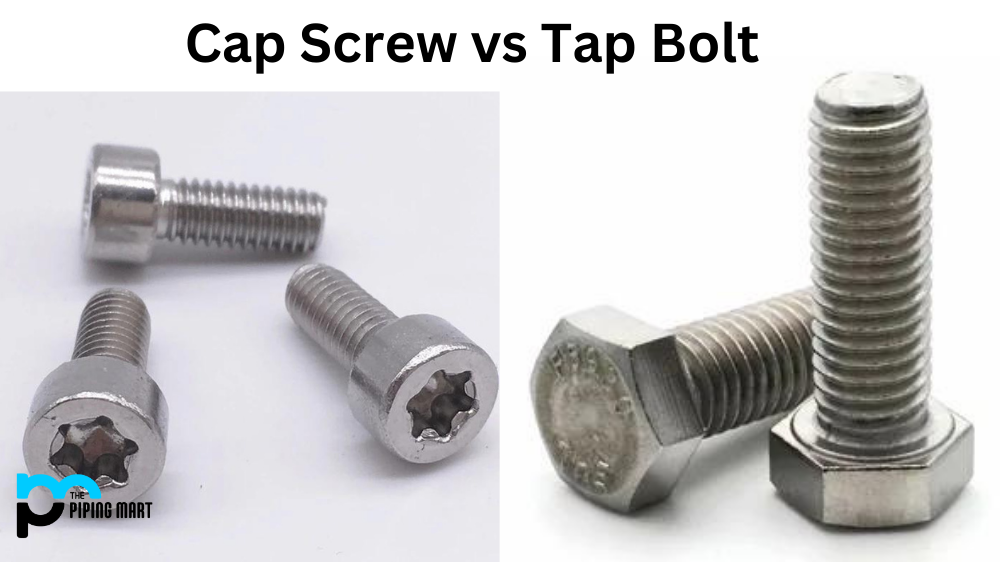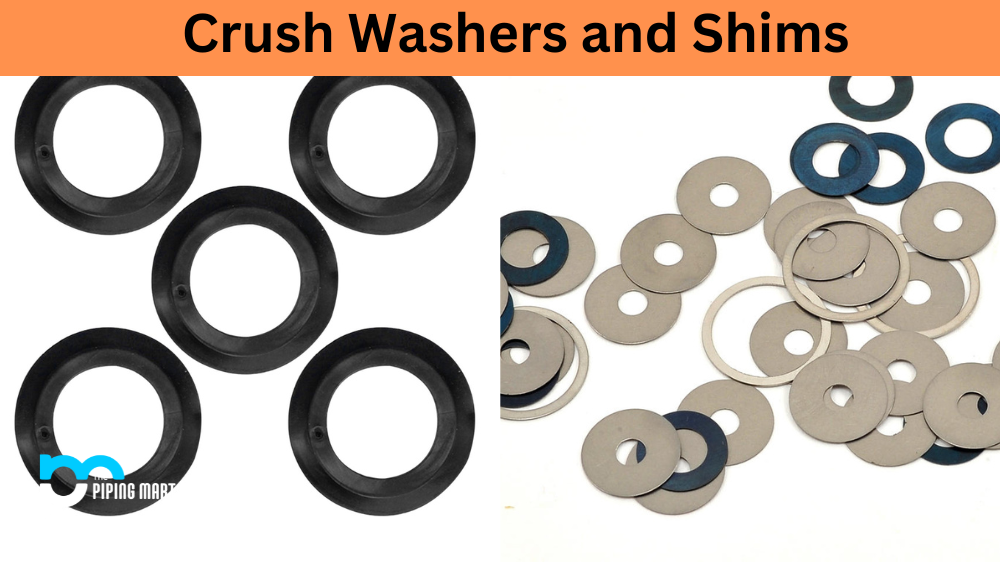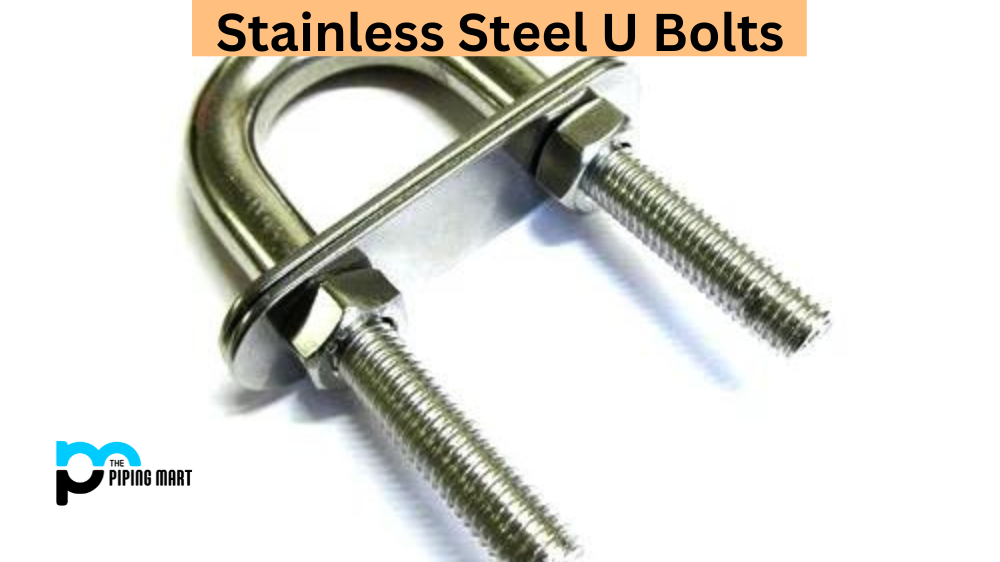Hardware and fasteners come in various shapes, sizes, and types, making choosing the best one for a specific application challenging. Cap screws and tap bolts, for instance, are two common hardware types with different applications and characteristics. You’re not alone if you’ve ever needed clarification on the two. This article explains the differences between cap screws and tap bolts, including their uses, characteristics, and differences.
What Is a Cap Screw?
A cap screw is a fastener with a threaded shaft with a head typically hexagonal or square. The head’s flat bearing surface provides a more secure grip and better torque than a bolt’s rounded head. Cap screws are usually designed for heavy applications with high torque values, like machinery or automotive. These screws come in various lengths and thread sizes to cater to different needs.
What Is a Tap Bolt?
In contrast to cap screws, tap bolts have a partially threaded shank, which means that only a portion of the shaft is threaded. Tap bolts are often used for applications that require some degree of disassembly. Unlike cap screws, tap bolts often have a rounded head that is meant to be tightened with a wrench. They also come in various sizes and materials, such as steel, bronze, and titanium.
Difference Between Cap Screw and Tap Bolt
One of the most significant differences between cap screws and tap bolts is their threading. A cap screw has a fully threaded shaft, allowing greater grip strength, torque capabilities, and stress distribution. In contrast, tap bolts have a partially threaded shank that provides flexibility in length and allows for easier disassembly.
Another difference between the two fasteners is their application. Cap screws are typically used to secure machinery, providing greater shear strength and tensile capacity. On the other hand, tap bolts are more commonly used in construction, carpentry, and woodworking, where the fastener’s aesthetics are essential.
- Lastly, cap screws are typically more expensive than tap bolts due to their construction and materials. Thus, the tap bolt is the best choice if the project calls for a more budget-friendly fastener.
- Cap screws are typically used in applications where the head of the screw must be flush with the material’s surface.
- Tap bolts are typically used in applications where the head of the screw needs to protrude from the material’s surface.
- Cap screws are typically made from a more potent steel grade than tap bolts.
- Tap bolts are typically easier to install than cap screws.
- Cap screws are typically more expensive than tap bolts.
- Tap bolts are typically available in wider sizes than cap screws.
- Cap screws are typically available in a broader range of grades than tap bolts.
- Tap bolts are typically used in applications where a higher degree of precision is not required.
Conclusion
When choosing between cap screws and tap bolts, it is essential to consider the application’s specific requirements. Cap screws provide better torque capabilities and greater tensile strength, while tap bolts offer greater flexibility in length and are more aesthetically pleasing. Whichever fastener you choose, make sure it matches your application’s requirements to ensure maximum performance. Remember, a suitable pin will provide excellent durability, safety, and security for your project.

Abhishek is a seasoned blogger and industry expert, sharing his insights and knowledge on various topics. With his research, Abhishek offers valuable insights and tips for professionals and enthusiasts. Follow him for expert advice on the latest trends and developments in the metal industry.




